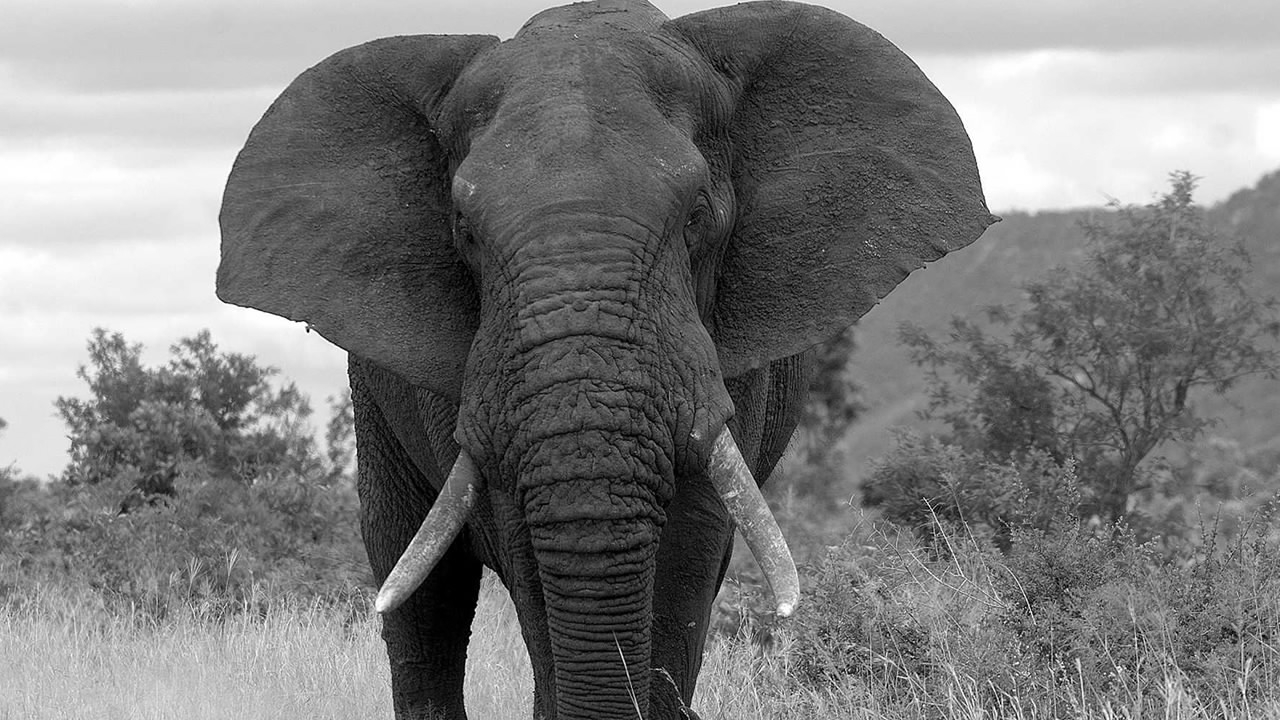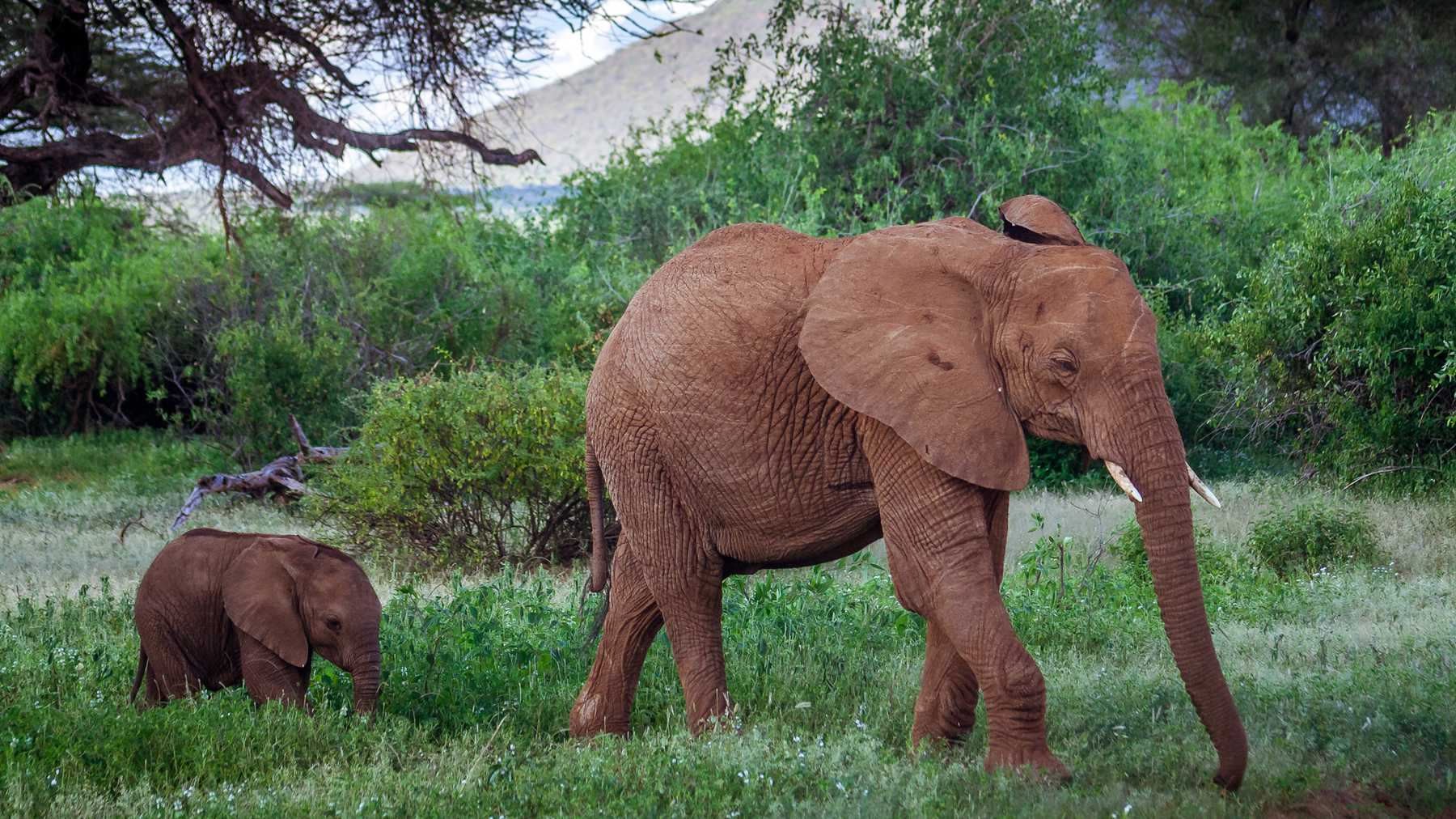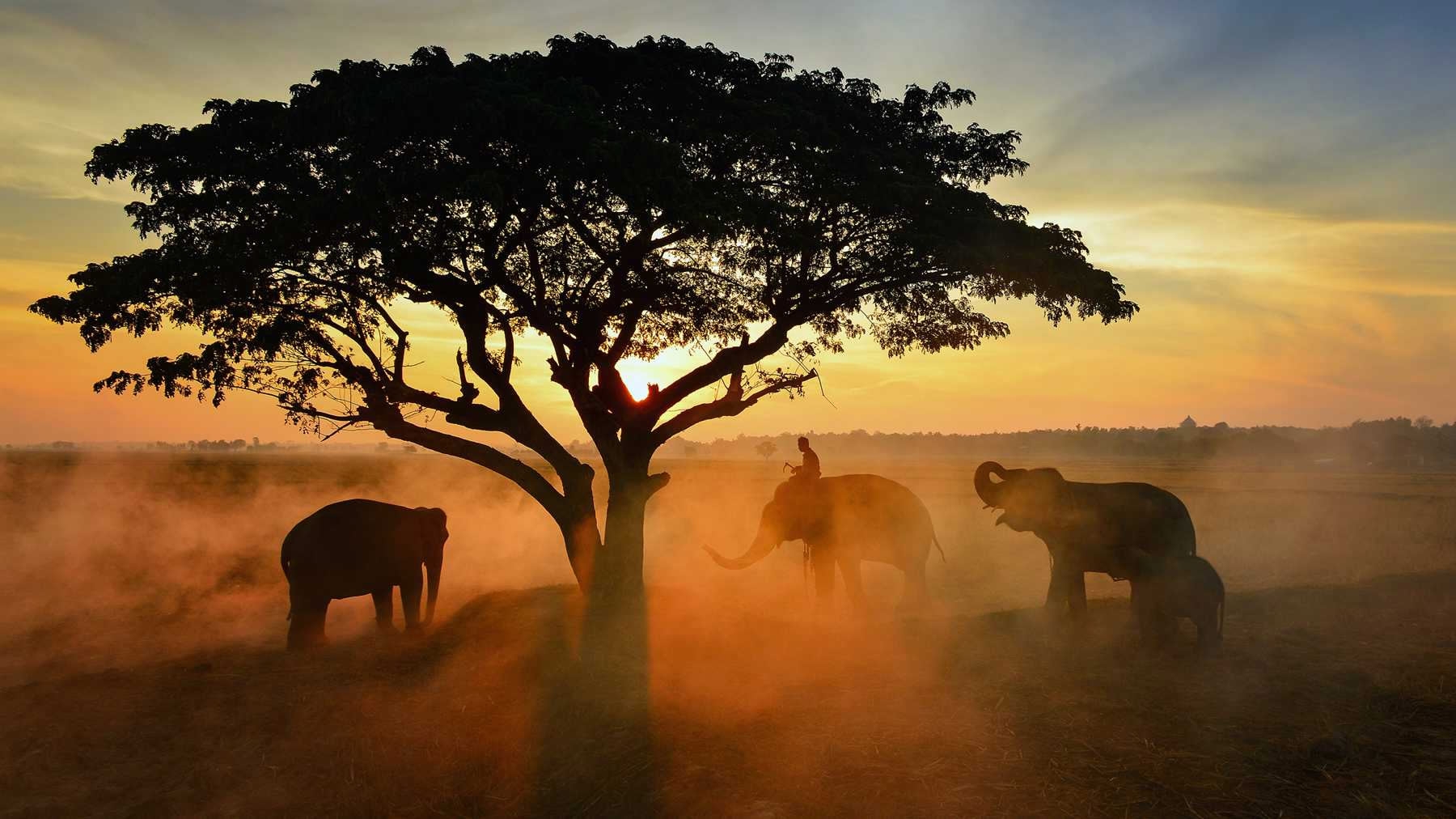
Business
19:26, 01-Jan-2018
What's the future of the ivory trade?
By Ming Tian

A number of governments have issued bans on the ivory trade, but sales are still allowed in some markets. What preventative measures can the global community take, and what is the future of the ivory trade following the ban in China?
The Kenya-based rights group Save the Elephants says that at least 33,000 elephants are killed for their tusks each year. The tusks are used to made ivory products in Asia, the Americas and Europe. Poaching has become rampant in recent years, though experts say it's difficult to give a precise number on how large the illegal trade is.

VCG Photo
VCG Photo
As one of the largest ivory markets, China has put a halt to the trade. All ivory trade and processing activities were stopped on the last day of 2017. Along with earlier measures to crack down on ivory trade in China, the price has declined in the country, from a peak of 2,100 US dollars per kilogram in 2013 to 730 US dollars per kilogram earlier this year.
The crisis is too big for any one organization or government to resolve alone. Other major markets have issued bans or are considering doing so.
While the will seems unanimous, there are still loopholes when it comes to enforcing the law. Zhou Fei, head of the Traffic China Program, said much of the trade has moved onto social media, making sales more difficult to stop. In addition, law enforcement capabilities lag in many African and Asian countries, compromising the effort to ban ivory products.

VCG Photo
VCG Photo
The biggest hurdle is with consumers. Chinese who travel overseas can still purchase ivory items even after the ban.
"Ivory should be rebranded as socially unacceptable, uncool, and unfashionable. This is the way to change consumer behavior," Zhou said.

SITEMAP
Copyright © 2018 CGTN. Beijing ICP prepared NO.16065310-3
Copyright © 2018 CGTN. Beijing ICP prepared NO.16065310-3